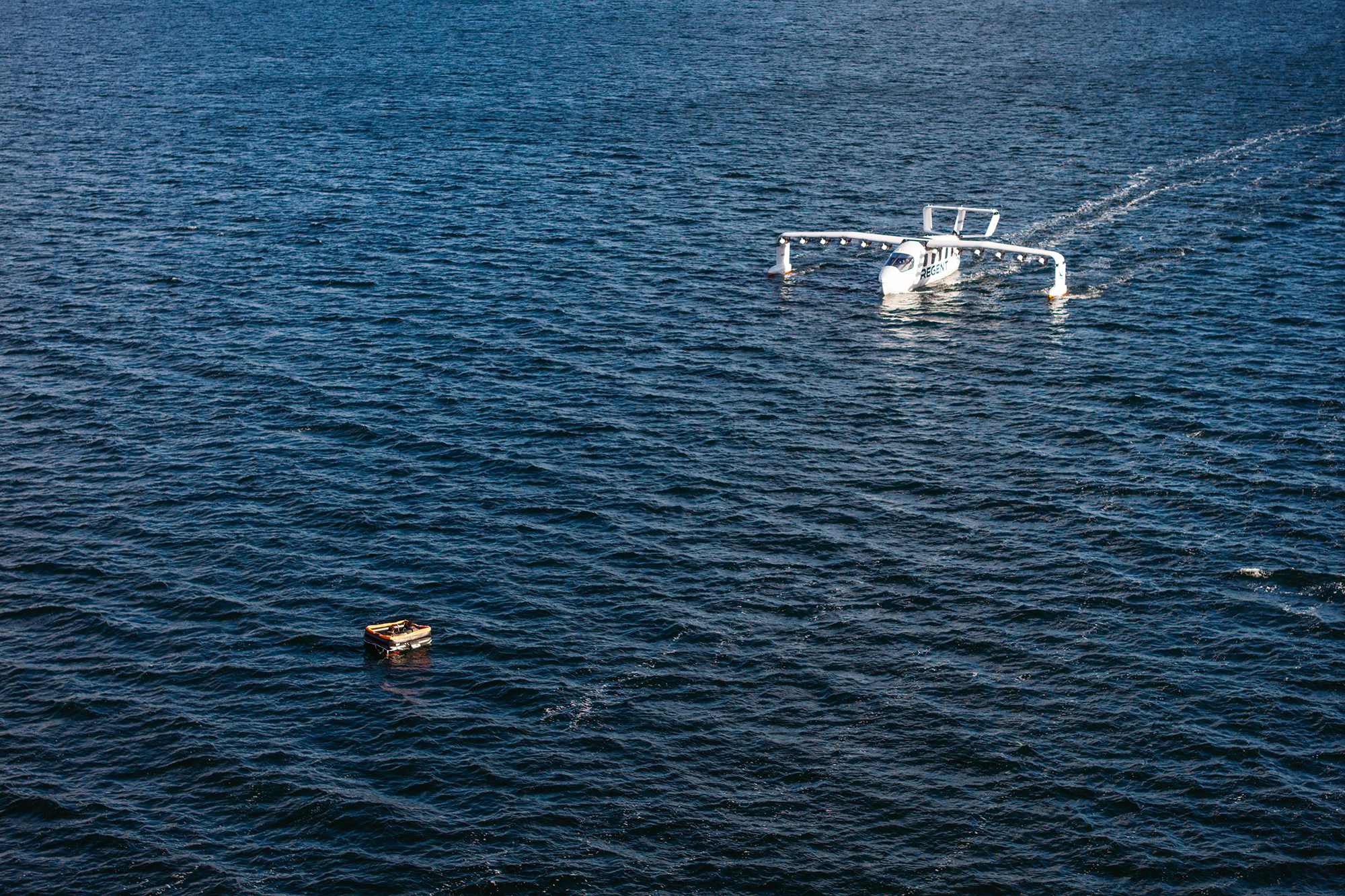How seagliders will enable the future of maritime defense operations
- There’s a lack of optimal transportation options for defense operations and logistics in maritime environments.
- Seagliders provide a high-speed, low-signature, low-cost transportation solution.
- Seagliders enhance multiple defense missions, including military personnel and cargo transportation, search and rescue, and intelligence-gathering.
We designed our all-electric seagliders to be dual use, offering commercial transportation options as well as defense solutions. In commercial applications, seagliders deliver a high speed, low cost, smooth coastal and inter-island travel experience. In defense missions, they provide that and more – a low-signature, highly agile vessel that’s poised to revolutionize national security missions in maritime environments.
As the U.S. and allies shift strategic focus from land-based conflicts to the maritime domain, the potential for conflict in contested areas along coastlines provides unique challenges. Seagliders offer a timely solution to a growing need.
Conflicts in the littorals, the part of the ocean close to the land, often experience what’s known as a “tyranny of distance,” which refers to the vast distances between areas of conflict and resupply. Simply put, it’s difficult to transport people and supplies safely and quickly. Consider, for example, island hopping in the Indo-Pacific, or life-saving missions in open-water conflict zones.
“Seagliders offer a unique solution to defense operations in challenging maritime environments,” said Tom Huntley, VP of Government Relations and Defense, REGENT, who has experience piloting helicopter rescue missions for the U.S. Coast Guard. “They offer significant benefits in speed, agility, and capacity – providing an operational advantage that will help deter future conflicts.”
Seaglider benefits
Seagliders offer several benefits over existing transportation options in contested marine environments.
High speed
The Viceroy seaglider, which can carry 12 passengers or 3500 lbs of cargo, can travel for up to 180 miles (300km) at 180 mph (160 knots/300kph). The Monarch seaglider, which can carry 100 passengers or 22,000lbs of cargo, can travel for up to 400 miles (640km) at 140mph (120 knots/225kph).
High resilience
Seagliders take off and land on the water, which enables operations in austere environments without relying on vulnerable runway infrastructure. They are also rechargeable from shore or ship, which enables a more resilient and robust energy supply chain.
Low signature
Seagliders always stay within one wingspan of the surface of the water, which means that they operate below radar and above sonar. This, combined with low heat and infrared emissions from the electric propulsion system, provides low-signature, high speed operations in the maritime environment.
Read more about seaglider operations here.
Low cost
Seagliders’ distributed, all-electric propulsion system has fewer moving parts, which means less maintenance and increased reliability. In addition, seaglider operators are specially trained maritime crews, which drastically reduces the time and cost of operator training compared to legacy platforms.
Defense missions
The seaglider platform can be leveraged to fulfill expansive mission sets for defense operations and logistics.
Personnel and cargo transportation
Seagliders can support infill/exfil missions, rapidly bringing troops and supplies in and out of conflicts safely.
Search and rescue
Seagliders can be equipped for search and rescue missions in casualty and medication evacuation scenerios (CASEVAC/MEDEVAC). The high-speed, agile vessels can help medical personnel meet “the golden hour,” the necessary time window in which trauma patients should receive life-saving medical interventions.
Intelligence gathering
While seagliders will be crewed, they are designed to be “autonomy ready,” meaning their fly-by-wire control systems are designed for future semi-autonomous assisted control, remote command, or full in-theater autonomy. They could also be outfitted with autonomous drones with advanced sensor packages and communications relay capability for Intelligence, Surveillance, and Reconnaissance (ISR) missions.
Growing momentum
At REGENT, we’re bringing together senior expertise from across the defense industry, in addition to maritime and aviation industries, to build the future of coastal transportation for national security.
We have an agreement with the Marine Corps Warfighting Lab (MCWL) to demonstrate seaglider technology for defense logistics operations, and Lockheed Martin Ventures, the venture arm of Lockheed Martin, a global leader in defense and aerospace technology, is one of our strategic investors. We’re also working with the Naval War College Foundation to support research, education, and innovation.
Our office in downtown Washington D.C. is advancing this work, partnering with key government stakeholders and allied partners to rapidly unlock seaglider benefits for maritime defense missions.





